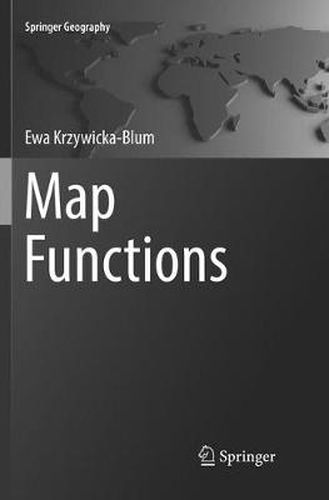Readings Newsletter
Become a Readings Member to make your shopping experience even easier.
Sign in or sign up for free!
You’re not far away from qualifying for FREE standard shipping within Australia
You’ve qualified for FREE standard shipping within Australia
The cart is loading…






This book departs from typical cartography textbooks, which tend to focus on the characteristics of the methods and means of expression. Instead, it offers an explanation of the individual perspective on the map as a specific product of civilization, one that constitutes a component of social communication.
The layout highlights the essential property of cartographic notation, namely: the way of forming the map’s content elements, adjusted to its purpose. This property is ensured thanks to the dimension of reference units in relation to the observation scale of the objects, and by topological consistency between the reference units system and real layout of the objects. An exploration of the characteristics of various ways of depicting a map’s content elements, organized in the reference units dimension, is preceded by a general section accentuating the position of cartography among other sciences, as well as the definition and general properties of a map. The book’s closing chapter includes a separate textbook overview of the applications of taxonomic methods in cartography.
$9.00 standard shipping within Australia
FREE standard shipping within Australia for orders over $100.00
Express & International shipping calculated at checkout
This book departs from typical cartography textbooks, which tend to focus on the characteristics of the methods and means of expression. Instead, it offers an explanation of the individual perspective on the map as a specific product of civilization, one that constitutes a component of social communication.
The layout highlights the essential property of cartographic notation, namely: the way of forming the map’s content elements, adjusted to its purpose. This property is ensured thanks to the dimension of reference units in relation to the observation scale of the objects, and by topological consistency between the reference units system and real layout of the objects. An exploration of the characteristics of various ways of depicting a map’s content elements, organized in the reference units dimension, is preceded by a general section accentuating the position of cartography among other sciences, as well as the definition and general properties of a map. The book’s closing chapter includes a separate textbook overview of the applications of taxonomic methods in cartography.